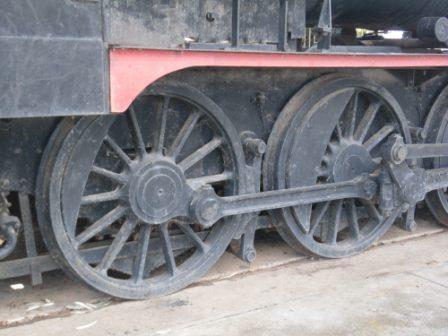
RAILWAYS OF NORTH-EAST VICTORIA
(www.northeastvictoria.online)
Whilst much of the early commerce of the North-east was carried out on foot, on horseback or via horse powered carriages, the advent of the railways did much to open up the area to more widespread commerce. The boom time of railway construction was in Australia was in the late 1800s, but as road construction methods improved in the 1950s, the heyday of the railways faded.

Some have now been revived as Rail Trails, whereby the strip of land formerly used by the railway tracks has been made suitable for cycling; see Cycling on the Main Menu for more details of this modern day usage of the old railways.
However, for transport history buffs, here is a brief outline of ‘the old days’ of railways in the North-east.
During the colonial era (prior to Federation in 1900) the various colonies had their own self-contained railway systems, meaning that there was no standard gauge railway system throughout Australia.
To further complicate matters, many states decided to set up several rail routes as ‘narrow gauge’; this was deemed necessary for rail construction in hilly terrain, where construction costs could be quite considerable.
Victoria chose 2′ 6″ as the gauge for its narrow gauge lines, and the Whitfield Railway was the first to be constructed using this gauge.
Several other North-east routes followed, notably
Intro Screen on a fresh browser page
COPYRIGHT © 1995-2020, Chris McLaughlin.